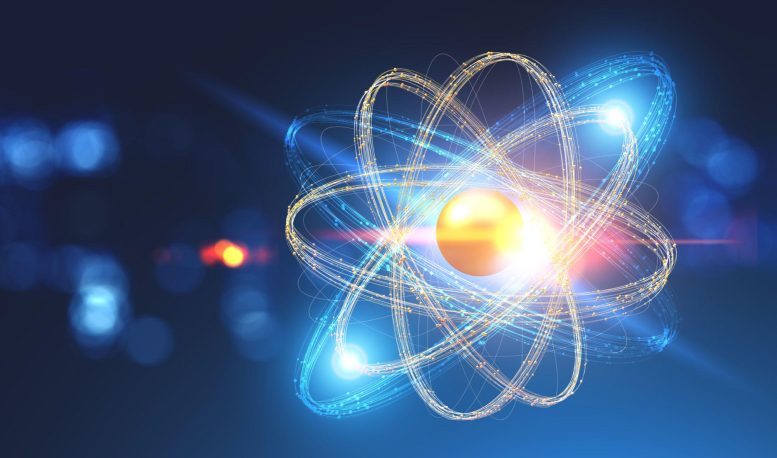
Quasiparticles are a concept in physics that describe the collective behavior of a group of particles in a material. They can be thought of as “effective particles” that capture the essential properties of the underlying particles and their interactions. Quasiparticles play a crucial role in understanding the behavior of materials and are commonly used to explain phenomena such as superconductivity, magnetism, and thermodynamics.
Since the advent of quantum mechanics, the field of physics has been divided into two distinct areas: classical physics and quantum physics. Classical physics deals with the movements of everyday objects in the macroscopic world, while quantum physics explains the strange behaviors of tiny elementary particles in the microscopic world.
Many solids and liquids are made up of particles that interact with each other at close distances, leading to the creation of “quasiparticles.” Quasiparticles are stable excitations that act as weakly interacting particles. The concept of quasiparticles was introduced in 1941 by Soviet physicist Lev Landau and has since become a crucial tool in the study of quantum matter. Some well-known examples of quasiparticles include Bogoliubov quasiparticles in superconductivity, excitons in semiconductors, and phonons.
Examining emergent collective phenomena in terms of quasiparticles provided insight into a wide variety of physical settings, most notably in superconductivity and superfluidity, and recently in the famous example of Dirac quasiparticles in graphene. But so far, the observation and use of quasiparticles have been limited to quantum physics: in classical condensed matter, the collision rate is typically much too high to allow long-lived particle-like excitations.
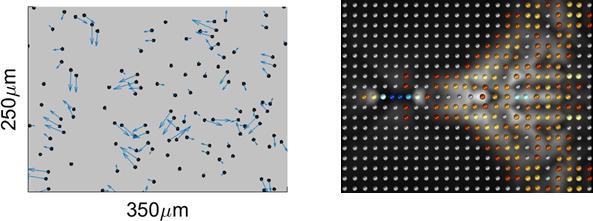
Figure 1. Left: Experimental measurement of colloidal particles driven in a thin microfluidic channel. The particles form stable, hydrodynamically coupled pairs moving at the same velocity (arrows). These pairs are the fundamental quasiparticles of the system. Right: Simulation of a hydrodynamic crystal, showing a quasiparticle pair (leftmost yellow and orange particles) propagating in a hydrodynamic crystal, leaving behind a supersonic Mach cone of excited quasiparticles. Colors denote the magnitude of the pair excitation, and the white background denotes their velocity (see movie video below).
However, The standard view that quasiparticles are exclusive to quantum matter has been recently challenged by a group of researchers at the Center for Soft and Living Matter (CSLM) within the Institute for Basic Science (IBS), South Korea. They examined a classical system made of microparticles driven by viscous flow in a thin microfluidic channel. As the particles are dragged by the flow, they perturb the streamlines around them, thereby exerting hydrodynamic forces on each other.
Remarkably, the researchers found that these long-range forces make the particles organize in pairs (Figure 1 Left). This is because the hydrodynamic interaction breaks Newton’s third law, which states that the forces between two particles must be equal in magnitude and opposite in direction. Instead, the forces are ‘anti-Newtonian’ because they are equal and in the same direction, thus stabilizing the pair.
The large population of particles coupled in pairs hinted that these are the long-lived elementary excitations in the system — its quasiparticles. This hypothesis was proven right when the researchers simulated a large two-dimensional crystal made of thousands of particles and examined its motion (Figure 1 Right). The hydrodynamic forces among the particles make the crystal vibrate, much like the thermal phonons in a vibrating solid body.
These pair quasiparticles propagate through the crystal, stimulating the creation of other pairs through a chain reaction. The quasiparticles travel faster than the speed of phonons, and thus every pair leaves behind an avalanche of newly-formed pairs, just like the Mach cone generated behind a supersonic jet plane (Figure 1 Right). Finally, all those pairs collide with each other, eventually leading to the melting of the crystal.
Quasiparticle avalanche. A simulation starting from a perfect square lattice with an isolated pair quasiparticle (right-center). The pair propagates to the left while exciting an avalanche of pairs in a trailing Mach cone. Collisions among the excited pairs induce melting. White arrows denote velocity, and particle colors denote the distance between the two particles in each quasiparticle pair. Credit: Institute for Basic Science
The melting induced by pairs is observed in all crystal symmetries except for one particular case: the hexagonal crystal. Here, the three-fold symmetry of hydrodynamic interaction matches the crystalline symmetry and, as a result, the elementary excitations are extremely slow low-frequency phonons (and not pairs as usual). In the spectrum, one sees a “flat band” where these ultra-slow phonons condense. The interaction among the flat-band phonons is highly collective and correlated, which shows in the much sharper, different class of melting transition.
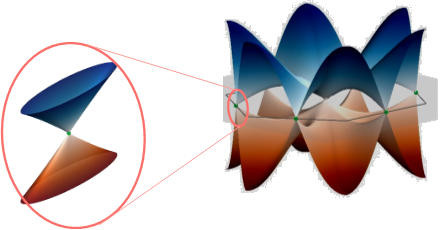
Figure 2 – The spectrum of phonons in a hydrodynamic crystal exhibits Dirac cones, manifesting the generation of quasiparticle pairs. The zoom shows one of the Dirac double cones. Credit: Institute for Basic Science
Notably, when analyzing the spectrum of the phonons, the researchers identified conical structures typical of Dirac quasiparticles, just like the structure found in the electronic spectrum of graphene (Figure 2). In the case of the hydrodynamic crystal, the Dirac quasiparticles are simply particle pairs, which form thanks to the ‘anti-Newtonian’ interaction mediated by the flow. This demonstrates that the system can serve as a classical analog of the particles discovered in graphene.
“The work is a first-of-its-kind demonstration that fundamental quantum matter concepts – particularly quasiparticles and flat bands – can help us understand the many-body physics of classical dissipative systems,” explains Tsvi Tlusty, one of the corresponding authors of the paper.
Moreover, quasiparticles and flat bands are of special interest in condensed matter physics. For example, flat bands were recently observed in double layers of graphene twisted by a specific “magic angle”, and the hydrodynamic system studied at the IBS CSLM happens to exhibit an analogous flat band in a much simpler 2D crystal.
“Altogether, these findings suggest that other emergent collective phenomena that have been so far measured only in quantum systems may be revealed in a variety of classical dissipative settings, such as active and living matter,” says Hyuk Kyu Pak, one of the corresponding authors of the paper.
Reference: “Quasiparticles, flat bands and the melting of hydrodynamic matter” by Imran Saeed, Hyuk Kyu Pak and Tsvi Tlusty, 26 January 2023, Nature Physics.
DOI: 10.1038/s41567-022-01893-5

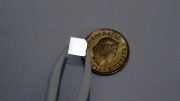
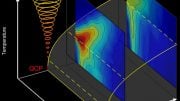
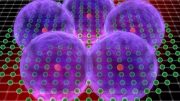
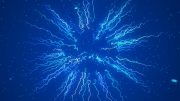

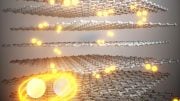

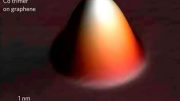
Be the first to comment on "Scientists Observe “Quasiparticles” in Classical Systems for the First Time"